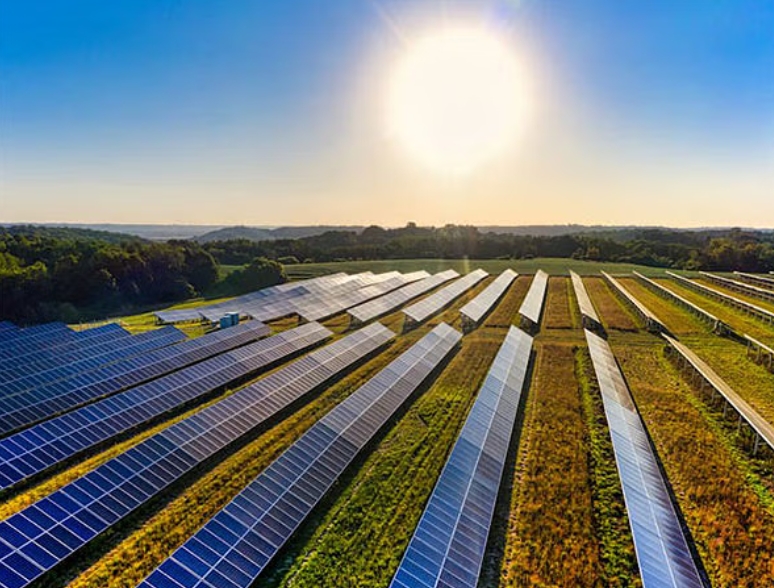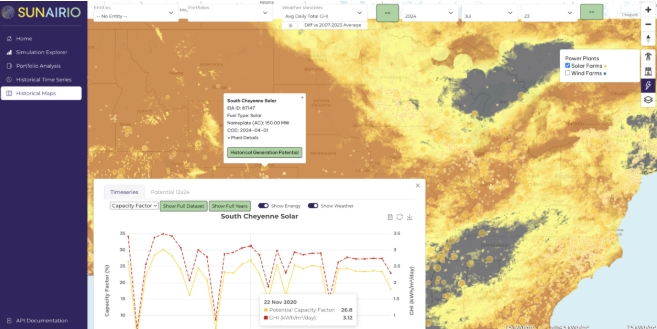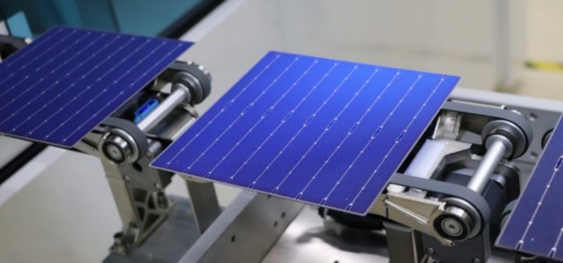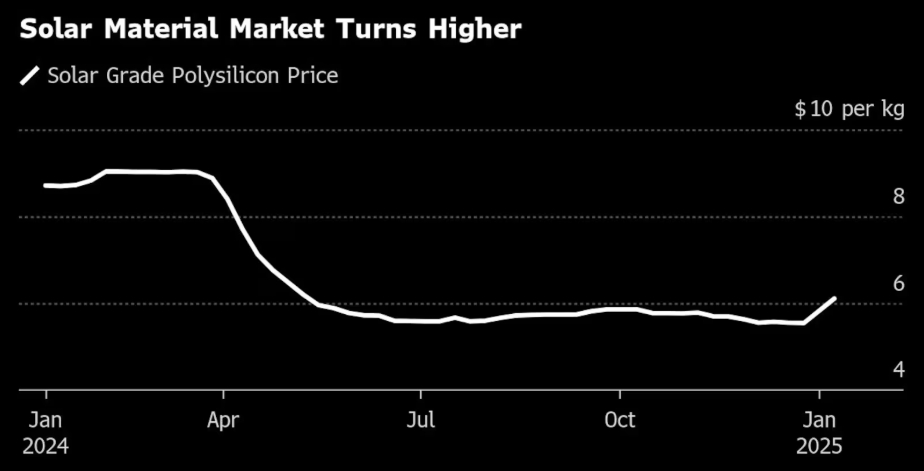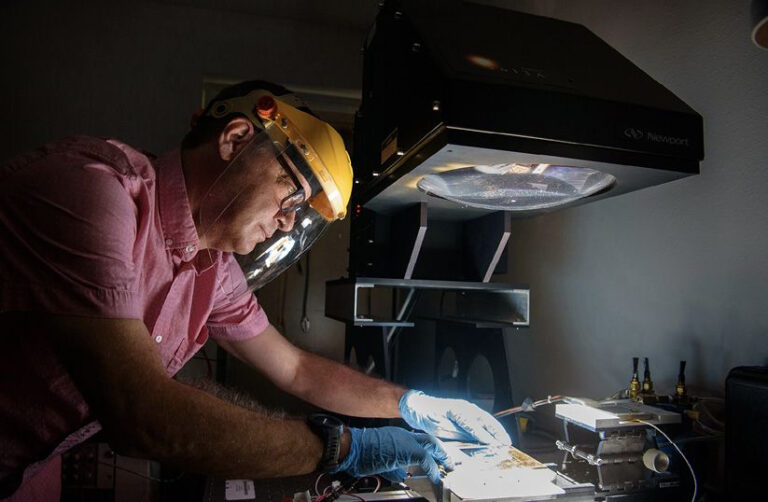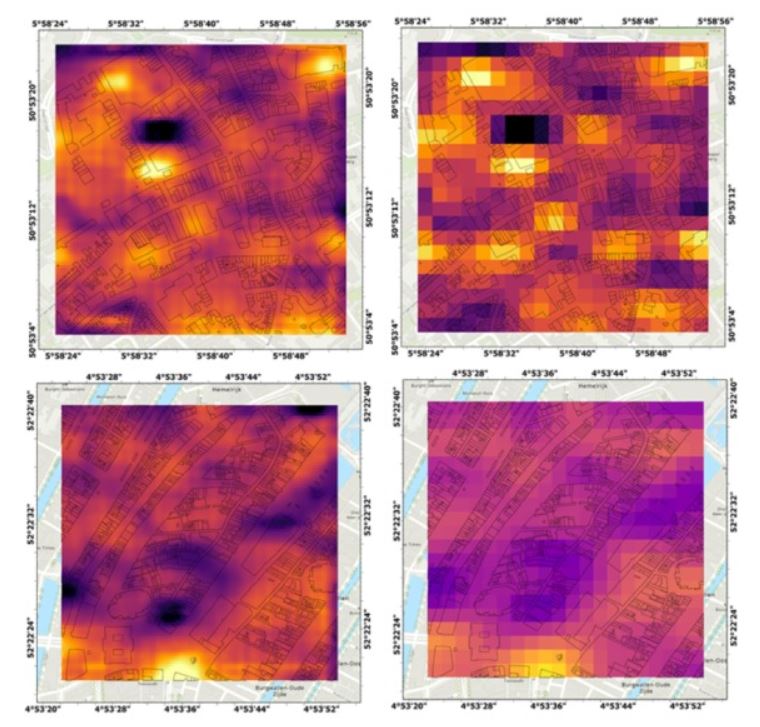Construction of a new geothermal district heating pipeline is underway in rural South Iceland to the small town of Höfn, as reported by Icelandic engineering group Mannvit.
The pipeline stretches from its source nearly 20 km away from Höfn. The geothermal area in Hoffell in Hornafjörður has been studied for many years. Rarik, state owned utility company, took over the project and has drilled exploration and production wells. Now there is enough hot water for Höfn. Construction has begun on the excavation of a nearly 20-kilometer long trench to the town and laying of the pipeline in the ground. Mannvit is supervising the construction work for the new pipeline.
Extremely Positive for Residents
The majority of the residents of Höfn in Hornafjörður, S-Iceland will receive the hot water from the new geothermal heat utility at the end of next summer and new users will be connected to the utility in Höfn and in the countryside in the first half of 2021. “This is extremely positive for the residents. Some of the residents will have to make minor changes to make use of the geothermal heating, but in the long run this will pay off, “says Matthildur Ásmundardóttir, Mayor of Hornafjörður in an interview with local newspaper Morgunbladid. For residents using electric heaters, the change to conventional DH heating can cost thousands of dollars but monthly cost is lower. This means the initial investment will be recovered over a period of a few years. The cost of electricity has been rising, which makes the switch to geothermal heating even more feasible.
Geothermal heating in 600-700 houses
Tryggvi Ásgrímsson, Rarik’s Technical Director, says that pipes have been laid for the prospective storage tank at the geothermal source in Hoffell. Construction of foundations are underway as well as pumping facilities. “I hope we can get the hot water into the pipeline in August,” Tryggvi says. All houses in the town of Höfn will have the opportunity to connect to geothermal heating and 50-70 houses in neighboring rural area of Nesjum, a total of about 600-700 houses.
Rarik operates a district heating utility in Höfn, which is connected to about three quarters of the population. They are expected to be connected to the new geothermal heating at the end of August next year. The change to geothermal heating will not cost anything for them. There is more concern for roughly a quarter of the town that is not connected to a district heating utility. Those residents have electric heaters or electric heating of water tanks. In a local council meeting that Rarik and the Municipality of Hornafjörður held recently the cost of alterations to furnaces and heating systems were estimated to range from EUR 3.700 to EUR 11.000 per house. On the other hand, a one-off payment comes from the National Energy Authority, which is part of the heating cost subsidy that will be saved over the next twelve years. The one-time payment is estimated at EUR5.200 per average house. This means costs of EUR 5.200 to EUR 8.800 for homes that have electric heaters.
Subsidies Canceled
Electricity subsidies are canceled when people have the option of heating utilities unless the resident can show that the cost is so great that it is not worthwhile (cost) to use the geothermal heating utility. The majority of the state’s electricity subsidy over the next 12 years is going to pay off the utility’s initial costs, totaling about EUR 5.5 million (ISK 750 million) as is the case with new district heating utility. That is Rarik’s prerequisite for the project.
Same Tariff for The First Few Years
Representatives of Rarik stated at the town meeting that the operational cost of the existing district heating operation were changed, partly because of the rise in the price of electricity. If it had been continued, the monthly tariff would have had to be raised. Rarik does not promise a reduction in tariffs in the beginning, but in the meantime the tariff is expected to be similar to that of other economical heating utilities in Iceland.
